
New York Americans
First Game Played December 15, 1925
Last Game Played March 18, 1942
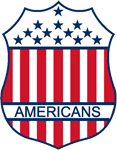
Historical Moments
After the Hamilton Tigers went on strike over payment in the postseason, Bill Dwyer, New York's most-celebrated prohibition bootlegger, seized a perfect opportunity to purchase the troubled team for $75,000 and bring NHL hockey to New York. A year after the Boston Bruins became the first NHL team based in the US, New York got a team of its own.
Playing at the newly created Madison Square Garden on 50th street and 8th Avenue, the Americans, clad his team in eye-catching red, white, and blue stars and stripes uniforms made their New York debut on December 15th in front of 17,000 fans losing to the Montreal Canadiens 3-1. "The Star-Spangled Skaters" as they were sometimes called would go on to finish their first season in fifth place with a record of 12-20-4, as Yonkers native Billy Burch led the team with 22 goals.
Following the season, Garden management who were impressed with the popularity of the Americans went out and landed an expansion team that would share the Garden, despite promising a year earlier they would not start a team of their own.
New York Americans Best

Art Chapman
1933-1940

Bill Benson
1940-1942

Billy Burch
1925-1932
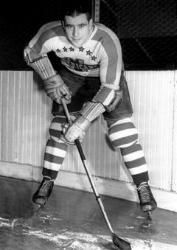
Busher Jackson
1939-1941

Charlie Conacher
1939-1941
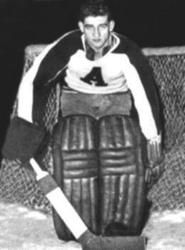
Chuck Rayner
1940-1942
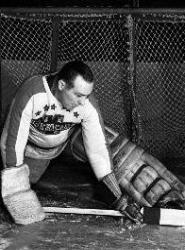
Earl Robertson
1937-1942
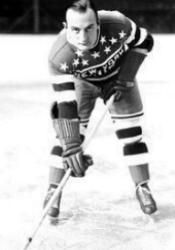
Eddie Burke
1932-1935

Eddie Shore
1939/40
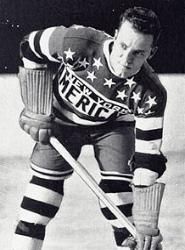
Eddie Wiseman
1935-1940

Frank "Buzz" Boll
1939-1942
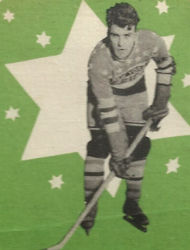
George Patterson
1929-1934
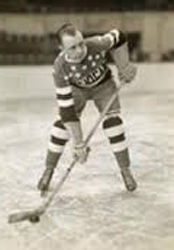
Harry Oliver
1934-1937
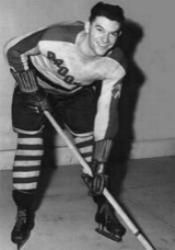
Harry Watson
1941/42
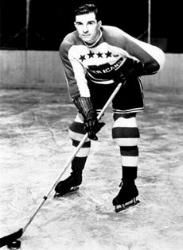
Hooley Smith
1937-1941
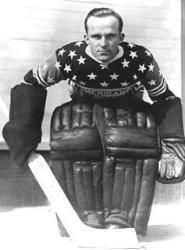
Jake Forbes
1925-1933
New York Americans Stadiums
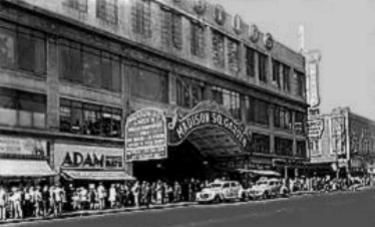
1925-1942